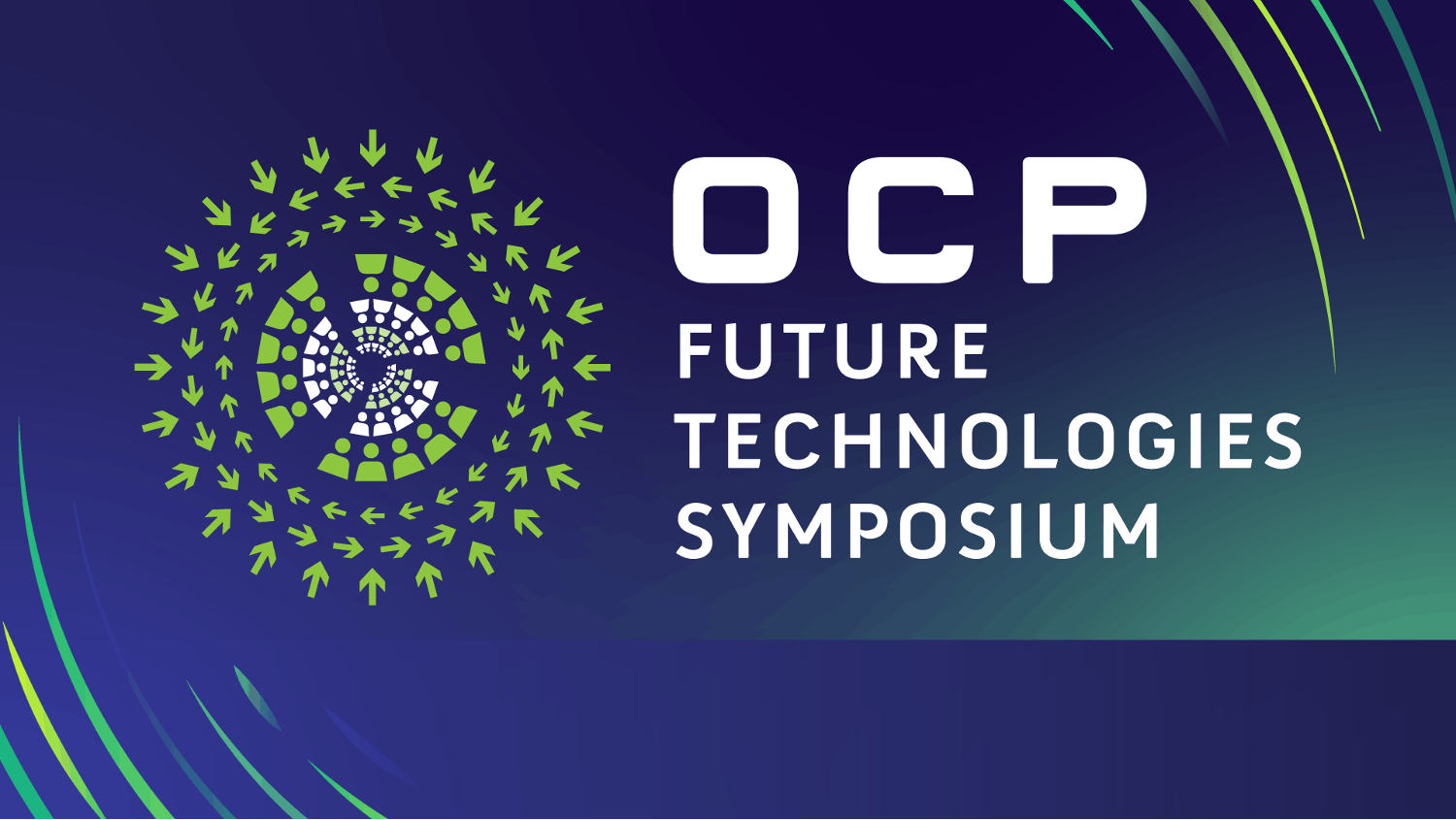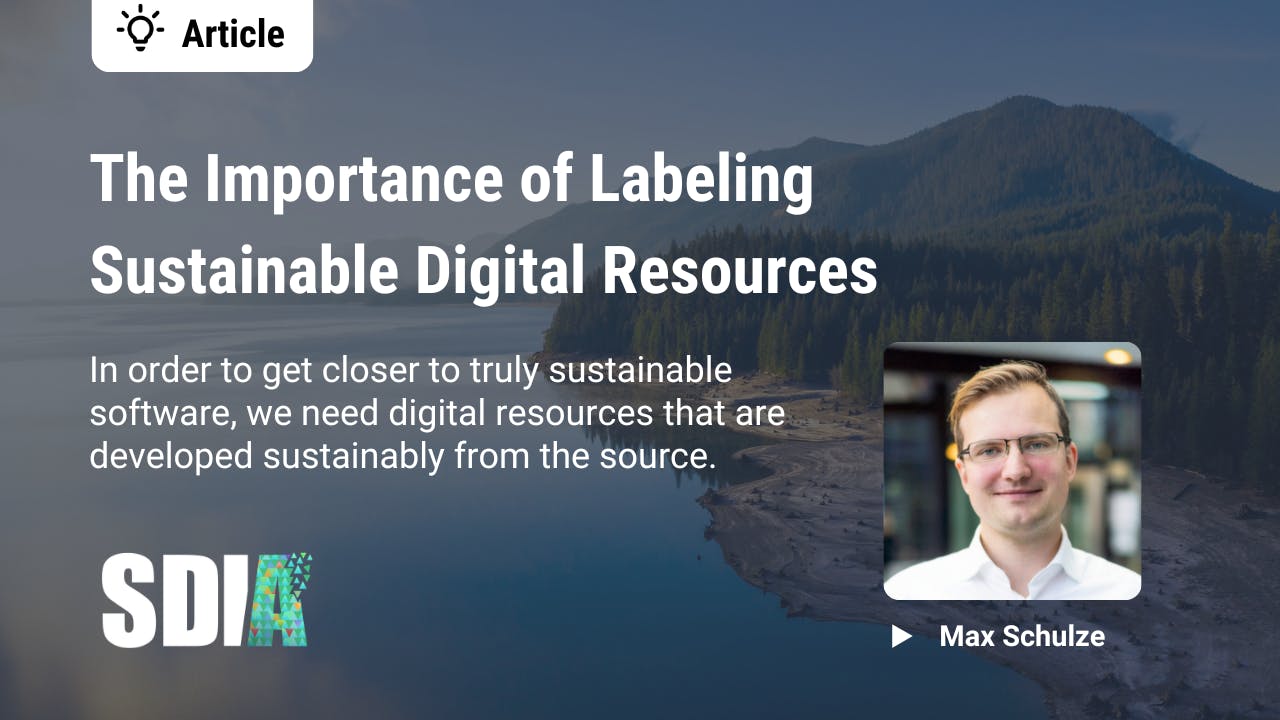It all begins with the ownership model. As long as the OEM/vendor is selling the product to the customer and the customer is owning the product, what is the incentive for the OEM/vendor to make a product that will last for a longer period? The longer the product lasts, the longer it will take for the customer to come back and buy a new product (which creates top-line revenue for the OEM). This is the prevailing business model for many consumer electronics (think smartphones or laptops), but is just as applicable to IT hardware (such as that used in large-scale, enterprise settings like data centers). While it may have benefited producers and consumers alike, it has led to dire consequences for both the environment and communities around the world such as those facing the local impacts of mineral mining or electronic waste (e-waste) dumping.
Add to this the fact that global supply chains are facing massive, unprecedented shortages that will not likely subside anytime soon, which are placing significant pressure on chip and hardware manufacturing in particular. In the face of supply shocks despite sky-high demand, our relationship with our planet’s finite resources – ranging from copper in Zambia to water in Taiwan – is already leading toward a circular north star. According to ITRenew President Ali Fenn, the global chip shortage is driving more companies to source secondhand hardware for their data centers – so much so that hyperscalers’ decommissioned gear “flies off the shelves as soon as it’s available.” EmXcore – an Amsterdam-based hardware refurbisher and an SDIA member – further corroborated Fenn’s insight, underscoring to us that they have seen an uptick in demand for the refurbished and reused enterprise hardware they offer. And with tools like those offered by Interact, it is becoming even easier to identify old and inefficient servers and replace them with refurbished or reused ones. In other words, if the existing business model does not follow the headwinds, it may well likely be forced to change due to the changing nature of supply and demand.
Transforming novelty into opportunity
But what if the vendor or even, say, a third-party service provider were the owner of the product? And instead, they provided the resulting digital power, consisting of the networks, computational processes, and data storage capacities as-a-Service, in the same spirit as Software-as-a-Service (SaaS) and Infrastructure-as-a-Service (IaaS)? Then the vendor or service provider would have a clear incentive to maintain, repair, refurbish, and extend the lifetime of the hardware as long as possible, and the customer would have insurance that they will get the consistent capacity and digital power they need. It would also turn repairability, long-term service provision, and sustainability into foundational components of IT hardware.
Although this may seem like a daunting change, modifying the business model of IT hardware OEMs and vendors would have myriad benefits for all stakeholders involved – not just the producers and consumers, but also communities impacted by supply chains as well as the planet. It is also not a completely new idea; the model already exists in a similar form for other businesses (think of car rental companies, for instance). It also has the opportunity to create new business opportunities as well, such as for the vendor itself, certified third-party repair specialists, and licensing. The last one is particularly relevant if an OEM would rather outsource maintenance to specialized firms and instead build on the benefits of scale in the maintenance and replacement of computers to diverse users. Such service providers would be able to efficiently manage a large pool of hardware, where durability, maintenance, and efficient allocation would bring benefits to all stakeholders in the hardware business as well as great environmental benefits.
In our view, the IT Hardware-as-a-Service model would open a whole new world of flexibility and potentially even more business for hardware vendors, not to mention provide a scalable alternative to any OEM interested in more sustainable solutions. But what if a customer needs to scale down? That poses no problem; they can, and the hardware is simply used for another customer. After all, what is limiting the growth of more cloud providers and new compute-intensive businesses? The answer is easily the cost of hardware! An as-a-Service model would clearly address this, while also potentially helping to alleviate conflicts within primary, secondary, and other markets and increase competition given that consumers would significantly benefit from such developments.
The challenges: Accepting the total commoditization of server hardware and a bigger balance sheet
The as-a-Service model outlined above does lead to four outcomes that could also be seen as challenges, ones that would need to be overcome for this to become the standard:
- It will finalize the commoditization of server hardware as we know it, at least for traditional applications (not high-performance computing or tailor-made computing) by selling the resulting compute, memory, storage, and network capacity (potentially in low-, mid-, and high grades) per gigahertz (GHz), core, terabyte (TB)/DDR4, TB/NVM Express (NVMe), gigabit (Gbit), etc. – in other words, by specs and price.
- It will reshape the balance sheets of OEMs, keeping the assets on their own books and reducing large fluctuating revenues to more stable, but lower subscription-based revenues. It will also come with less manufacturing capacity needed, selling off production capacities and much more, ultimately leading to a more lean, resilient, and climate-proof business.
- It will understandably raise security and data ownership/stewardship concerns, particularly in terms of how servers will be wiped to guarantee sanitization and how data transfer will work. If a vendor has ultimate control over a piece of IT hardware, such as a server, since it still technically owns it, what kind of safeguards would be needed in order to reassure customers that they are still in control of the data that hardware stores and processes?
- An IT Hardware-as-a-Service model may present new challenges to innovation and research incentives. If product life extension and standardization become commonplace, for instance, what will drive vendors to pursue new, cutting-edge improvements and usher in the next significant change? And vendors must also be willing to extend software lifecycles as well, since firmware that is typically designed for shorter cycles will have to be maintained and improved over a longer time period as well.
The challenge of commoditization has been long-time in the making. Looking at chips, for instance, which are “a layer down,” we have already seen massive consolidation and concentration in memory and computing chips (e.g., with AMD, Intel, Samsung, etc.). That issue has only been exacerbated by chip shortages and supply chain disruptions. At the same time, the value-add of OEMs has continuously shrunk and the sector has consolidated – who is really left today, for instance, beyond Dell EMC, Supermicro, Hewlett Packard Enterprise, and Lenovo? With the work that OCP is leading on, this commoditization has already reached another peak. Thus, moving to an as-a-Service model can lead to the final standardization of server equipment. And despite many of the vendors already offering financing and leasing, it is done via a third-party or in-house banks, who are still ultimately “buying” the hardware and creating top-line revenue (albeit artificially). It is not the same as fully embracing an as-a-Service model as we are stipulating, nor does it seek to fundamentally address: that in order to create a sustainable digital economy, the underlying infrastructure has to be sustainable as well. This is applicable to both environmental and social sustainability, but also financial sustainability – if the business case for sustainability is not realized, as our Roadmap to Sustainable Digital Infrastructure by 2030 seeks to do, then the sector will continue to drag its feet.






.jpg?ixlib=gatsbyFP&auto=compress%2Cformat&fit=max&rect=0%2C44%2C600%2C800&w=600&h=800)
